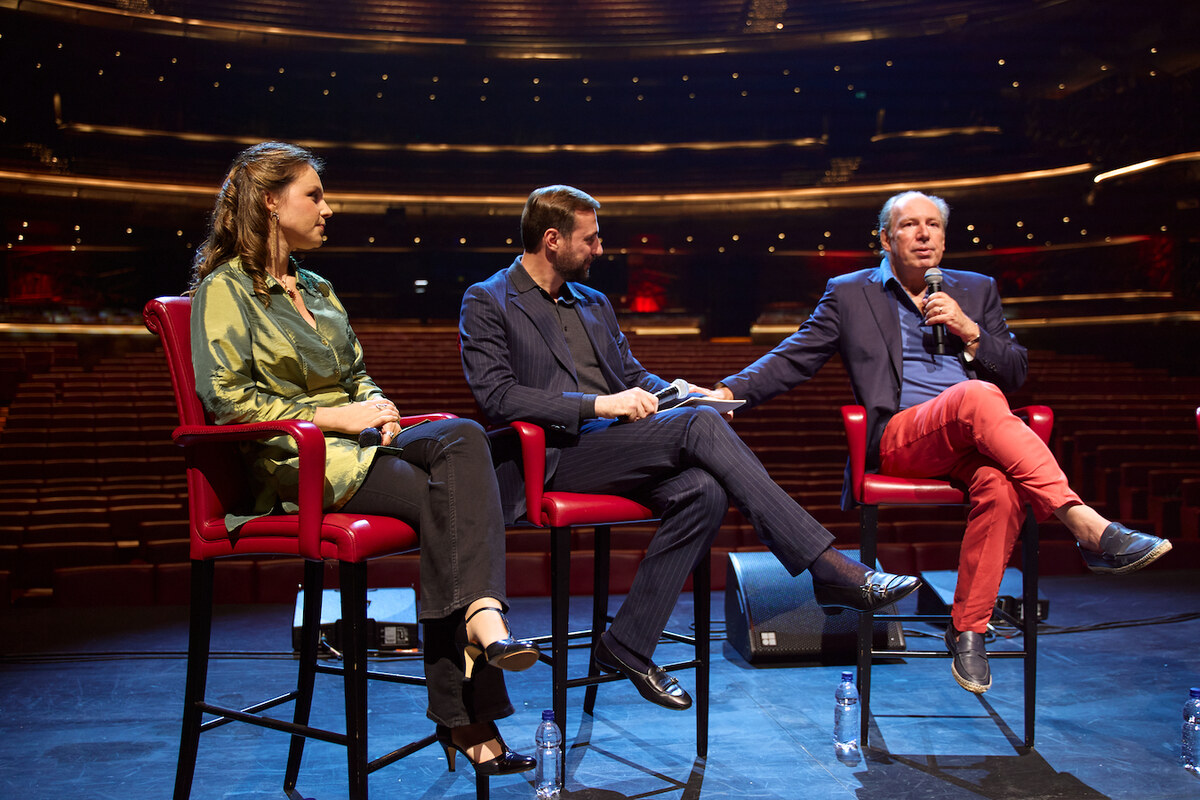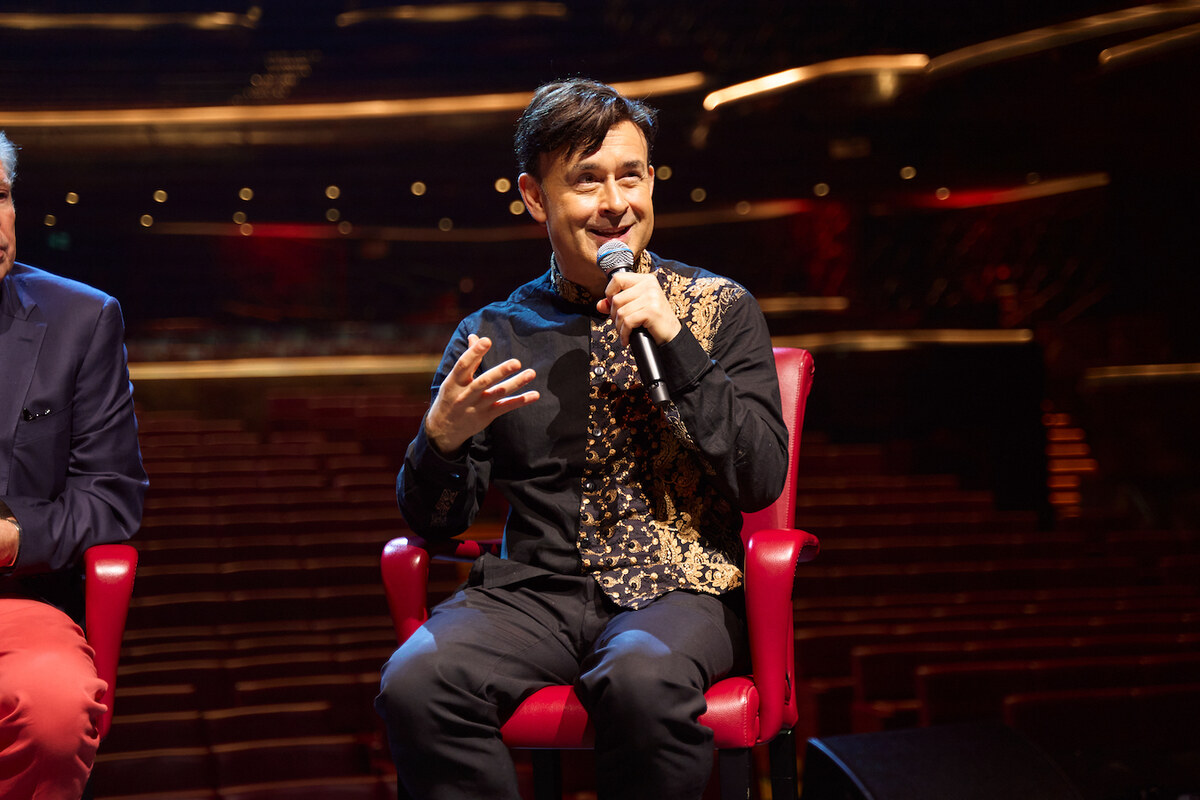LAHORE: A widely acclaimed art curator has transformed the third edition of the Lahore Biennale into an artistic engagement with ecology and the environment, selecting historic public spaces across Lahore for art installations to attract a wider audience and spark conversations about sustainable living.
Originally from Hong Kong, John Tain’s career has spanned several countries, including the United States, Taiwan, and India, where he digitally archived art before taking over curatorial duties in Pakistan.
The Lahore Biennale Foundation has been working since 2014 to preserve the city’s rich legacy of arts and culture, a heritage that stretches back thousands of years. This year’s theme, “Of Mountains and Seas,” reflects the pressing concern of how the Global South is disproportionately affected by the climate crisis.
Pakistan itself has witnessed a series of catastrophic floods, heatwaves and droughts that have claimed countless lives, caused massive financial damage and raised concerns about food security.
This is despite the fact that the country contributes less than one percent of global carbon emissions, yet remains one of the most severely affected by the impacts of climate change.
“[This year’s event] looks at the themes of ecologies and sustainable futures, but not from the perspective of the problems that we’re all facing, but really from thinking about what are the possible solutions,” Tain said while speaking to Arab News on Friday.
“Specifically, what are the solutions that we can find in a place like Lahore, Pakistan, and thinking about what resources are available locally and in the indigenous culture,” he added.
The event, which kicked off on October 5, will culminate in a Climate Congress next month, featuring international scholars, academics and artists, coinciding with the notorious smog season in the city.
Tain maintained that Lahore was the ideal location to carry out the biennale since it had been significantly impacted by the worsening climate.
“Working with 61 artists who come from over 30 countries, it’s really not about importing answers and knowledge from elsewhere,” he said. “It’s really about looking together for resources and what we can do together to find solutions for sustainability.”
Pointing to the paintings lining the walls of the Shalimar Garden, built by Mughal Emperor Shah Jahan in 1641, he highlighted works on melting glaciers and fossil fuels by artists like Hamra Abbas and Niamat Nigar.
“Lahore Biennale as a project is not located in art museums or elite spaces,” he said. “We’re really in the city. So, here we are at Shalimar Gardens, where families are playing football and taking strolls.”
Tain mentioned that art installations had also been placed at other public locations, such as the Orange Line metro system, which people use daily.
“So, it’s really meant to bring art to the people, rather than make people come to the art,” he added.
Asked about the Climate Congress at the end of the biennale, he said a lot of research on the environment had been done by experts and researchers, though it had not been properly communicated to the general public.
“The biennale is trying to think about how art and exhibitions can be vehicles for communicating these kinds of messages,” he continued, suggesting that the Climate Congress would be a continuation of the same effort.
While it has only been a week since the biennale installations were opened to the public, Tain said he was happy with the response.
“I think there was a good attendance on both of the opening days [of the inauguration],” he said, encouraging people to attend the event, which is open until November 8.
Celebrated art curator champions vision of climate action, public engagement at Lahore Biennale
https://arab.news/y48v8
Celebrated art curator champions vision of climate action, public engagement at Lahore Biennale

- John Tain’s career has spanned several countries where he digitally archived art before arriving in Pakistan
- He shunned ‘museums and elite spaces’ and used public places for art installations to attract wider audience




















